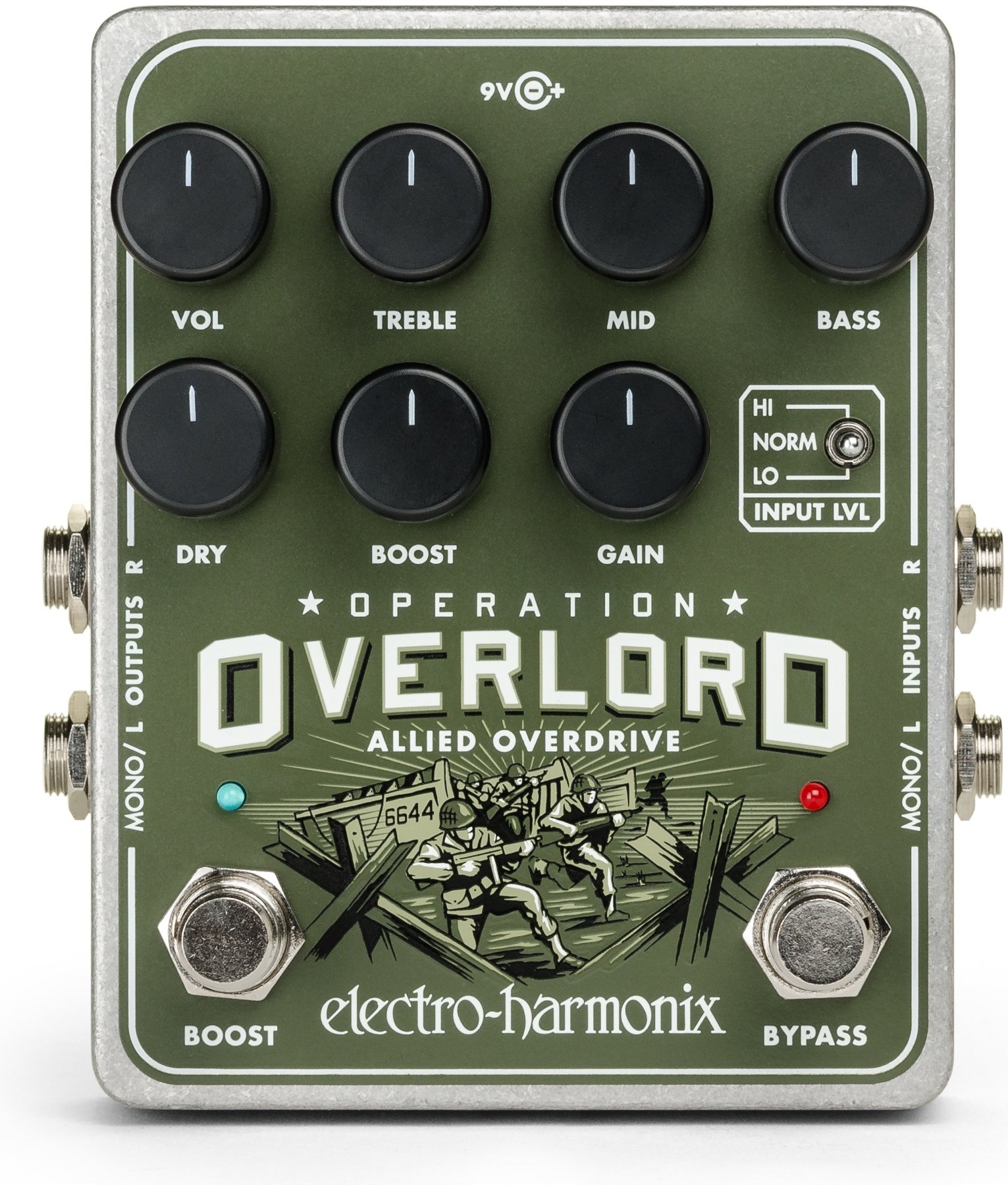MusicRadar Verdict
A practical overdrive/distortion suitable for both guitar and studio applications.
Pros
- +
Versatile.
Cons
- -
Very few.
MusicRadar's got your back
There are many things about this overdrive that set it apart.
First, it works with a variety of instruments so has three selectable input levels and full stereo operation plus mono in/stereo out (besides standard mono), should you find a way to use that in your guitar chain.
It also has a Dry knob to blend in any amount of drive - useful for adding edge to a clean sound or keeping a certain amount of note clarity with a dirty sound.
The drive sound, based on three JFET gain stages, is amp-like from a touch of grit through to cranked stack, but you can go further with the ‘Boost’ footswitch, which engages an extra overdrive circuit to push the drive sounds harder, adding saturation and ultimately edging it into fuzz territory, all with active tone knobs delivering sonic shaping from mild to brutal.
Want all the hottest music and gear news, reviews, deals, features and more, direct to your inbox? Sign up here.
Trevor Curwen has played guitar for several decades – he's also mimed it on the UK's Top of the Pops. Much of his working life, though, has been spent behind the mixing desk, during which time he has built up a solid collection of the guitars, amps and pedals needed to cover just about any studio session. He writes pedal reviews for Guitarist and has contributed to Total Guitar, MusicRadar and Future Music among others.

